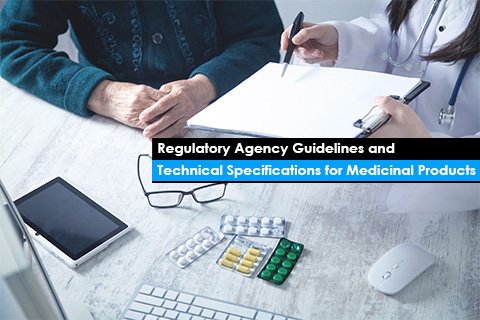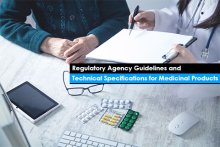The journey of a new medicinal product from discovery to patient use is a complex one, requiring rigorous scientific evaluation and Regulatory approval. Regulatory Publishers play a crucial role in this process by preparing and submitting high-quality Regulatory documents to the relevant agencies. To ensure clarity, consistency, and efficiency, publishers must adhere to specific agency guidelines and technical specifications.
This blog post will delve into the world of agency guidelines and technical specifications for publishing medicinal product Regulatory submissions.
The Importance of Agency Guidelines and Technical Specifications
Agency guidelines and technical specifications provide a roadmap for publishers navigating the Regulatory landscape. These standards ensure that submissions are:
- Complete: All necessary information is included for a thorough and efficient review.
- Consistent: Submissions present data in a standardized format, facilitating comparison and analysis.
- Accurate: The use of defined terminology and data formats minimizes errors and misunderstandings.
- Transparent: Clear guidelines promote transparency in the Regulatory process.
Following these standards benefits both publishers and Regulatory agencies. Publishers can avoid delays and rejections due to non-compliance, while agencies can expedite the review process and make informed decisions about the safety and efficacy of medicinal products.
Key Regulatory Agencies and their Guidelines
Several prominent Regulatory agencies establish guidelines for medicinal product submissions. Here are a few key examples:
- The International Council for Harmonisation of Technical Requirements for Pharmaceuticals for Human Use (ICH): ICH develops harmonized guidelines for various aspects of medicinal product development, including quality, safety, and efficacy. These guidelines are adopted by many Regulatory agencies worldwide.
- The US Food and Drug Administration (FDA): The FDA publishes a vast array of guidance documents for various drug development stages, submission types, and specific product categories. These documents provide detailed instructions on what information to include and how to format submissions.
- The European Medicines Agency (EMA): The EMA offers a comprehensive set of guidelines for medicinal product development, authorization, and pharmacovigilance. These guidelines cover topics like clinical trial applications, marketing authorization applications, and risk management plans.
Common Technical Specifications
Beyond content requirements, agencies often specify technical details for submissions. Here are some common technical specifications:
- Formatting: Guidelines may specify font size, margins, line spacing, and table formats to ensure clear and consistent presentation.
- Electronic Submissions: Many agencies now mandate electronic submissions in eCTD 4.0 format. This promotes efficiency and allows for automated data processing.
- Data Standards: Agencies may require the use of standardized data formats, such as Structured Product Labeling (SPL) for human drugs in the US, to facilitate data exchange and analysis.
Best Practices for Publishers
To ensure successful Regulatory submissions, publishers should follow these best practices:
- Stay Updated: Regulatory guidelines and technical specifications are periodically revised. Publishers must stay current with the latest requirements to avoid non-compliance issues.
- Consult Agency Resources: Most Regulatory agencies offer comprehensive guidance documents and online resources on their websites.
- Seek Expert Advice: For complex submissions, publishers may benefit from consulting with Regulatory experts to ensure adherence to guidelines and technical specifications.
- Invest in Technology: Utilize tools and software specifically designed for formatting Regulatory documents and managing electronic submissions.
- Focus on Quality: Accuracy, completeness, and consistency are paramount. Conduct thorough reviews before submitting documents.
Conclusion
Understanding and adhering to agency guidelines and technical specifications are crucial for publishers involved in medicinal product Regulatory submissions. An expert like Freyr can assist by following these standards, and contribute to a smoother Regulatory process, expedite product approvals, and ultimately bring safe and effective medicinal products to patients faster.





